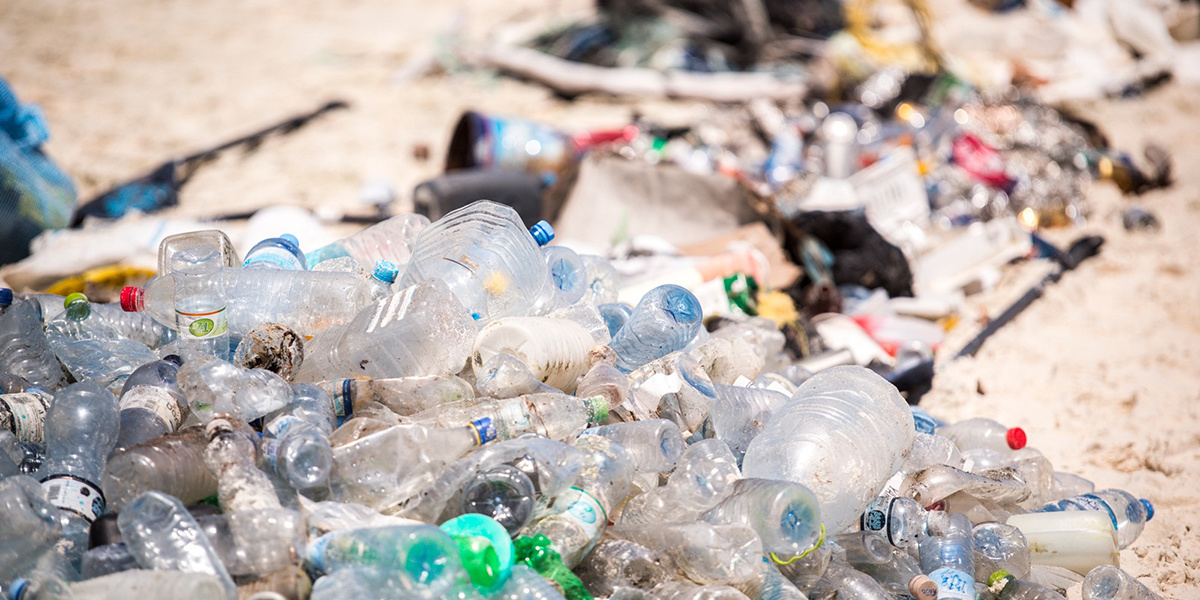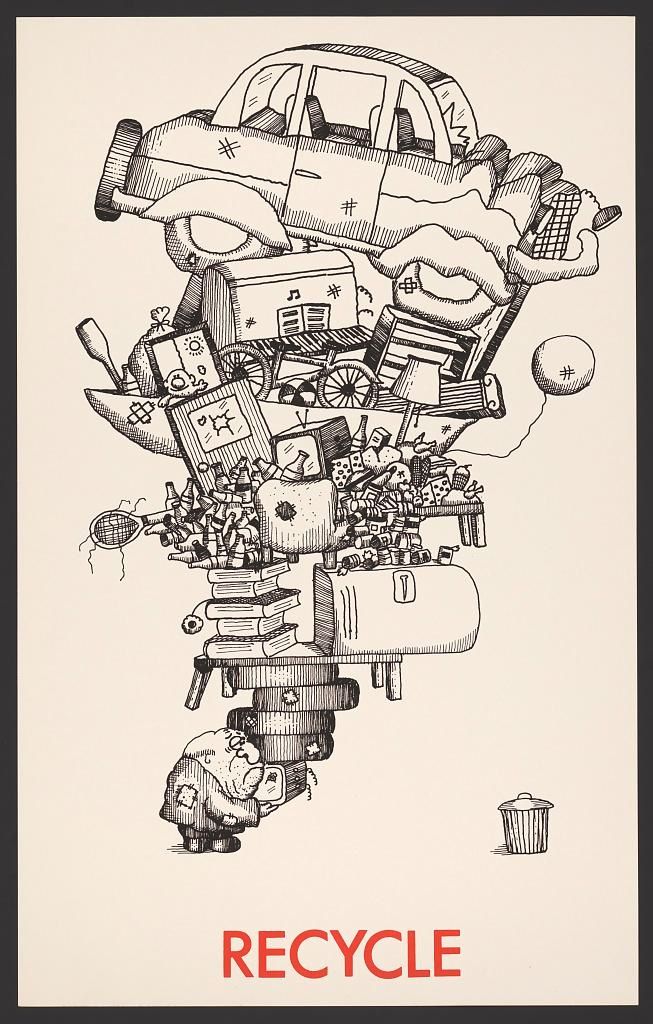

The Earth Day Network has announced that this year’s Earth Day, on Sunday, April 22, will focus on ending plastic pollution by Earth Day 2020, the 50th anniversary of the world’s first Earth Day in 1970, which led to the creation of the U.S. Environmental Protection Agency (EPA) and the passage of the Clean Water, Clean Air and Endangered Species Acts.
Now, the Earth Day Network seeks to remain true to its legacy by initiating another major clean-up job. As the Earth Day Network points out in its petition to end plastic pollution, 300 million tons of plastic are sold each year, and 90 percent of that is thrown away, ending up in landfills, in the oceans and in our bodies.
In honor of this worthy goal, EcoWatch has put together a brief history of the problem, and of the growing effort to combat it.
Plastic Pollution: A History
1862: Alexander Parkes demonstrates the first man-made plastic at the Great International Exhibition in London. Parkesine, as he dubbed it, was made from cellulose.
1907: Leo Baekeland develops Bakelite, the first synthetic, fossil-fuel based plastic made from phenol (a coal waste-product) and formaldehyde.
A telephone made from Bakelite, the first synthetic plastic. Tangerineduel
1946: The first National Plastics Exhibition opens in New York City to showcase all the new consumer uses for the plastics developed to aid in World War II. During the war, plastic production had increased nearly four-fold.
Early 1970s: Reports published in Science about the prevalence of plastic pellets in the North Atlantic lead to more research into the prevalence of plastic on the seafloor and its impact on marine animals.
1979: Plastic grocery bags are introduced in the U.S.
1980: Woodbury, New Jersey becomes the first U.S. city to adopt a curbside recycling program following litter awareness-campaigns in the 1960s and 1970s.
A 1970s recycling poster.Library of Congress
1990s: Widespread use of plastic microbeads in cosmetics begins.
Microbeads.
1997: Charles Moore discovers the Great Pacific Garbage Patch, the world’s largest collection of floating garbage, when sailing home to Los Angeles.
2002: Bangladesh becomes the first country to ban plastic bags after discovering they blocked drains during a severe flood.
2007: San Francisco becomes the first U.S. city to institute a plastic bag ban.
2008: A government study confirms that Bisphenol A, a chemical used to manufacture hard plastic bottles and the lining of baby-formula cans, may increase risks of early puberty, breast cancer, prostate issues and behavioral problems.
2014: The Netherlands becomes the first country to ban microbeads in cosmetics.
2017: The BBC’s Blue Planet II increases global concern about ocean plastics with striking footage of how they impact ocean animals.
An albatross corpse filled with plastic. Chris Jordan / U.S. Fish and Wildlife Service Headquarters / CC BY 2.0
2018: The Earth Day Network focuses Earth Day on ending plastic pollution by 2020.
- UK Pledges £61.4 Million to Fight Ocean Plastics
- Scientists Accidentally Develop 'Mutant' Enzyme That Eats Plastic
- Atlantic Ocean Holds 10x More Plastic Pollution Than Previously Believed, New Study Finds - EcoWatch
- Plastic Polluters Have Avoided Regulation Worldwide for Decades - EcoWatch
- New Jersey Legislature Passes ‘Most Comprehensive’ Plastics Ban in the Nation - EcoWatch
- Plastic-Eating Super Enzyme Could Help Solve the Plastic Waste Crisis - EcoWatch
- Mutant Enzyme Recycles Plastic in Hours, Could Revolutionize Recycling Industry - EcoWatch
- Biden EPA Appears to Side With Chemical Industry in Microplastics Health Conflict: Greenpeace Investigation

 233k
233k  41k
41k  Subscribe
Subscribe 



